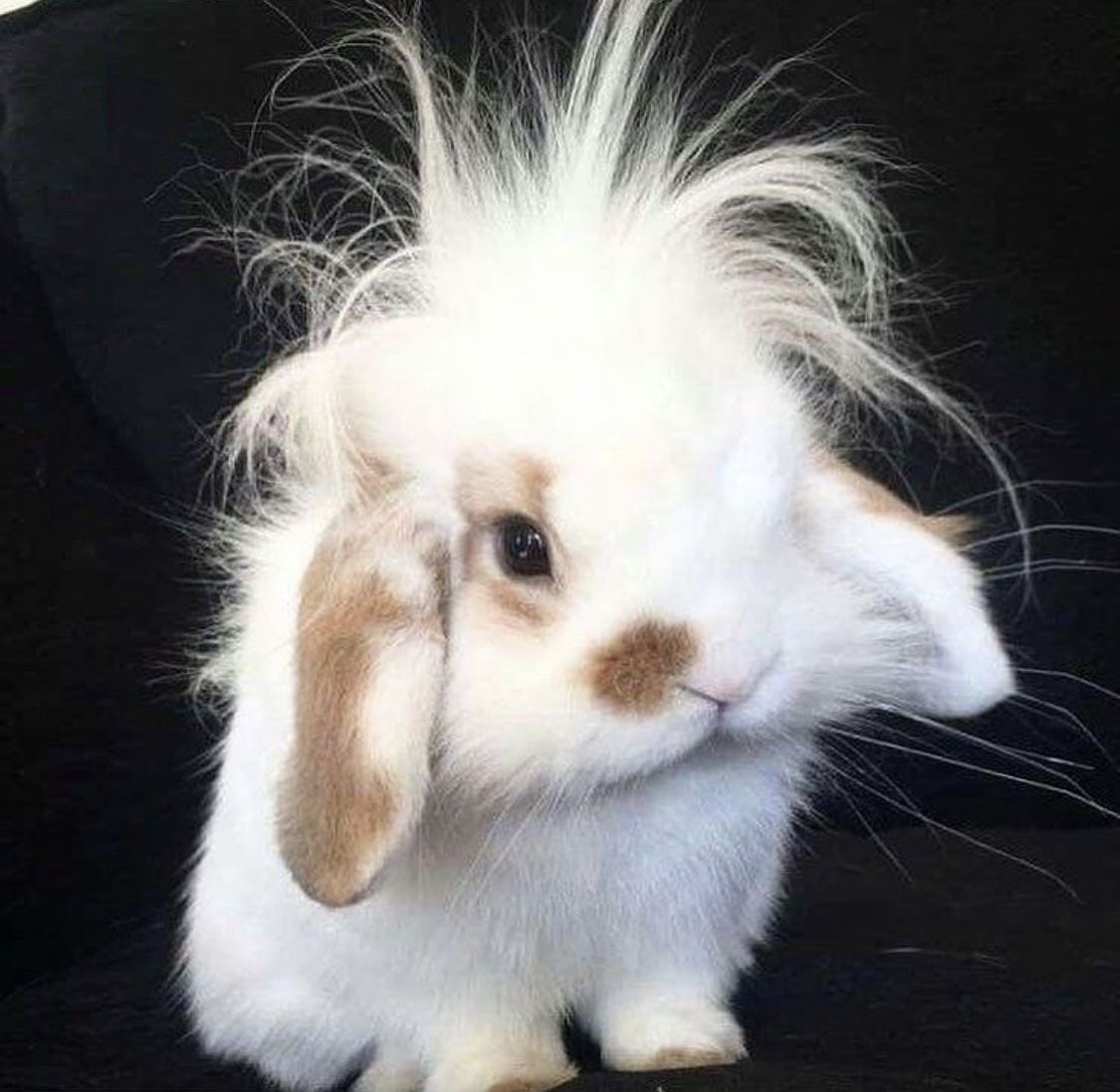AOS2: music for ensemble
Cards (28)
- ✦ music for ensemble
- | sonority/timbreThe timbre (type of sound) of instruments, voices and technology.
- | sonority/timbrestring techniques
- arco: bowed
- pizzicato: plucked
- double stopping: playing 2 strings @ same time
- tremolo: rapid bowing = dramatic effect
- mutes: ‘dampen’ the sound
- vibrato: fluctuations in pitch
- | sonority/timbrewoodwind techniques
- slurred: joining notes smoothly
- tongued: notes are separated, sounding ‘defined’
- | sonority/timbrebrass techniques
- mutes: used to ‘dampen’ the sound
- | sonority/timbrepercussion techniques
- rim shot: when rim & head of drum hit @ same time
- drum roll: beats played in a rapid succession
- | texturelayers of music & how they relate to each other
- | texturemonophonic
- unison: 2 or more pts play same thing @ same time (inc octave doubling)
- | texturehomophonic
- melody & accompaniment: main tune supported by another accompanying part
- chordal: parts move together producing a series of chords.
- | texturepolyphonic
- layered: parts layered to add more fullness to the sound for a richer texture
- canon: melody is repeated exactly in another part while the first melody is still being played
- countermelody: new melody heard @ the same time as previous melody
- | baroque chamber musicbaroque era- an overview
- date: 1600-1750
- composers: bach, handel, vivaldi
- types of comps: concerto grosso, suite, trio sonata
- musical features: ornaments, complex polyphony, terraced dynamics, major/minor tonality
- instruments: small orchestra- strings w/ some woodwinds, harpsichord & organ, basso continuou (improv)
- | baroque chamber musicthe baroque era, 1600-1750performed in:
- Church
- Theatre
- Chamber
chamber music was performed in a small concert room in the houses of noble people; usually 1 player per part & no conductor. - | baroque chamber musicbasso continuou
- chordal part imrpov by harpsichord, organ or lut
- bass line doubled by cello, bassoon or bass viol
- bass line written by composer
- 'continuous bass' accompaniment part
- | baroque chamber musicbass viola da gumba
- lowest instr in the viol fami
- 6 strings
- flat back
- played w/ a bow
- | baroque chamber musicfigured bass
- figured bass uses numbers to indicate which chords to play
- | baroque chamber musicbaroque sonata
- sonata: instrumental piece
- trio - piece for 3 parts
- trio sonata: written for 2 inst (usually violins) + basso continuo
- | classical chamber musicclassical era- an overview
- date: 1750-1810
- composers: mozart, haydn, beethoven
- types of music: symphony, solo concerto, string quartet, sonata
- musical features: simpler melodies_ larger orchestra_ mainly homophonic_ range of dynamics_ elegant, balanced style
- | classical chamber musicthe classical era, 1750-1810
- 'golden age' of chamber music
- simpler style of melody & harmony
- piano replaced harpsichord
- many duets, quartets & quintets were written & performed
- | classical chamber musicstring quartet
- 1 of the most popular types of ensemble
- 4 parts: 2 violins, viola & cello
- melodic themes shared between the instruments
movement 1: allegro, sonatamovement 2: adagio, ternary OR theme and variationmovement 3: moderato, dance (eg minuet and trio)movement 4: allegro, sonata/rondo - | romantic chamber musicthe romantic era - an overview
- 1810-1900
- composers: schubert, schumann, brahms
- types of music: symphonic poem, lieder, extended symphonies & concertos
- musical features: lyrical melodies_ very expressive_ wide range of dynamics_ rhythmic freedom_ rich, chromatic harmonies_ unexpected key changes
- | romantic chamber musicthe romantic era, 1810-1900
- chamber music performed in large, public concertos
- string quartets still popular
- composers experimented w/ different combos of instruments
- piano often featured
- pieces were often complex & demanding
- | romantic chamber musicpiano quintet
- piano
- 2 violins
- viola
- cello
- | musical theatrecommon musical features!
- prelude/overture: instrumental piece that are played as an into to opening scene
- opening numbers/finales: catchy, memorable songs that begin & end the show
- large choruses: big, whole cast songs= impt points
- instrumental interludes: music played in the background or during scene changes
- vocal solos: songs performed by 1 character
- recitative: half spoken style of singing that helps move the plot along
- | musical theatre
- classic musicals: written in the 'golden age' of musical theatre (1920-59)
- disney musicals: based on famous Disney movies
- jukebox musicals: songs are well-known pop songs
- sung through musicals: no/few spoken lines
- | bluesthe origin of Jazz & Blues
- start of the 20th century
- america
- developed from work songs, spirituals & chants sung by those who were enslaved
- | bluesthe beginnings of Jazz & Blues
- 1865: slavery abolished
- black people still suffered hardship
- some singers performed in vars & travelling shows
- accompaniment developed from simple guitar/piano to small ensembles
- performed from memory and improvisations
- | blues12 bar blues
- | bluesblue notes
